Why on earth am I showing you a picture of crushed cans? On a skin care blog?? Not pretty! Welcome to the topic of cellular garbage.
Just as you might imagine, our cells accumulate waste simply from performing their everyday jobs. They do a pretty good job of eliminating this waste. But as we age, guess what happens… you’ve heard it before, let’s say it again…
They get old!
Cells in an older body don’t get rid of waste as efficiently. Also, larger-sized waste particles are harder to remove. Guess what makes waste larger? Cross-linked proteins – remember me talking about how sugar causes glycation and cross-linking? Sugar attaches to collagen – this is an example of cross-linking.
This garbage piles up and produces an age pigment, giving us those dreaded age spots. This pigment is called lipofuscin, which is oxidized skin lipid. It’s yellow to brown in color. So it looks similar to a freckle or sun spot. But it is not the same.
Spots that come from sun exposure are due to melanin, a different kind of pigment. Treating these spots is totally different. Topical lightening ingredients are used to remove excess melanin or stop its production. I’ll talk about this when I get to Hyperpigmentation.
So, not only do we get unwanted age spots, lipofuscin accelerates aging. What else is new? 🙂
How to Minimize Age Spots
One way to reduce lipofuscin is to eat an antioxidant-rich diet and use skin care products with antioxidants. The reason – free radicals stimulate lipofuscin. So arming your skin with antioxidants will hinder those free radicals.
The other way is to watch the sugar. An excessive amount will lead to larger waste particles.
Do you struggle with age spots? What products have you used or procedures have you tried to remove them? Share your experiences in the Comment box below. Would love to hear them!

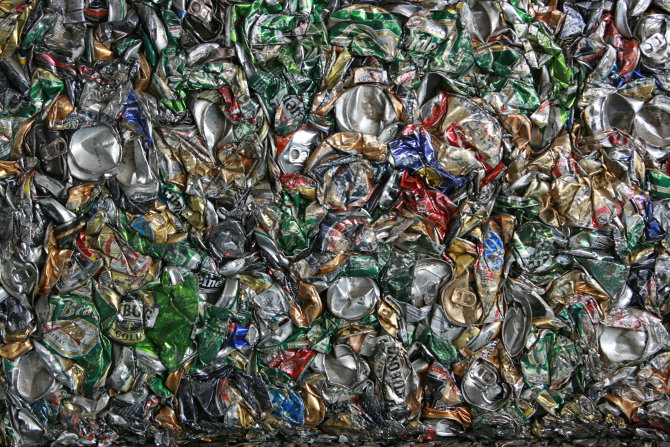

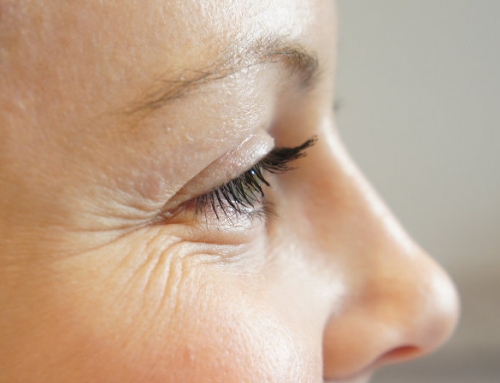
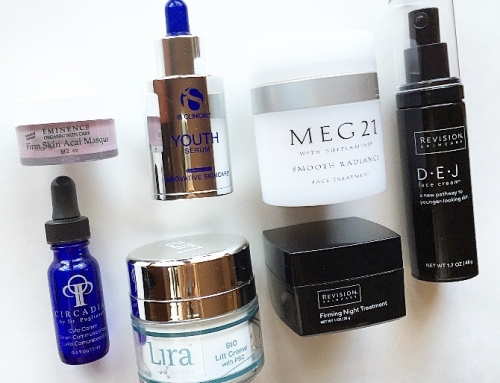
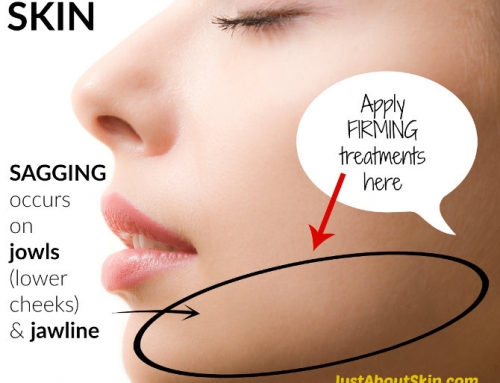


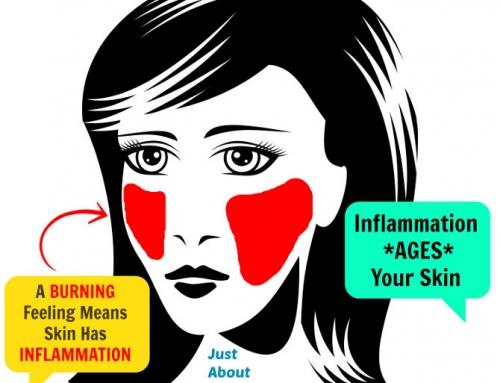
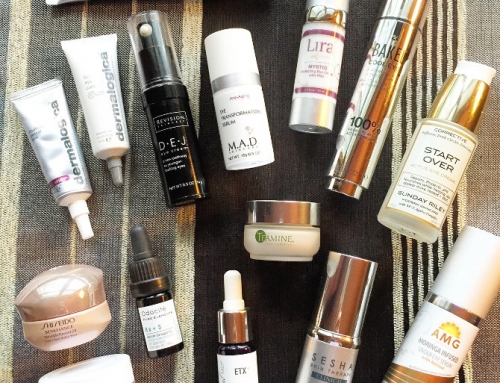
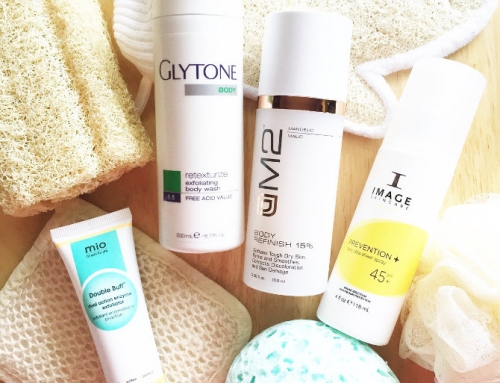
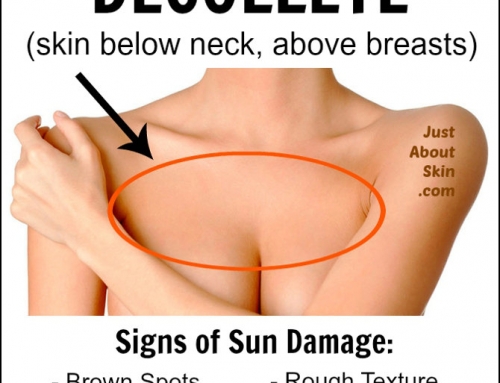
Hi there! Do skin whitening products help reduce existing age spots?
Hello! Yes, in theory whitening products can help lighten existing spots. However, what’s tricky is the nature of the spot. Spots can be due to sun exposure, aging (lipofuscin pigment), hormones, drugs, and post-inflammatory pigmentation. All of these are caused by different mechanisms of action, which require different ingredients to either reduce existing pigmentation or prevent further pigmentation. Pigmentation is very difficult to treat because it is so hard to isolate the source. Exfoliating with AHA’s or enzymes, or using a Vitamin C or retinol serum, can help lighten surface pigmentation. I’ll be writing about hyperpigmentation soon, so stay tuned!